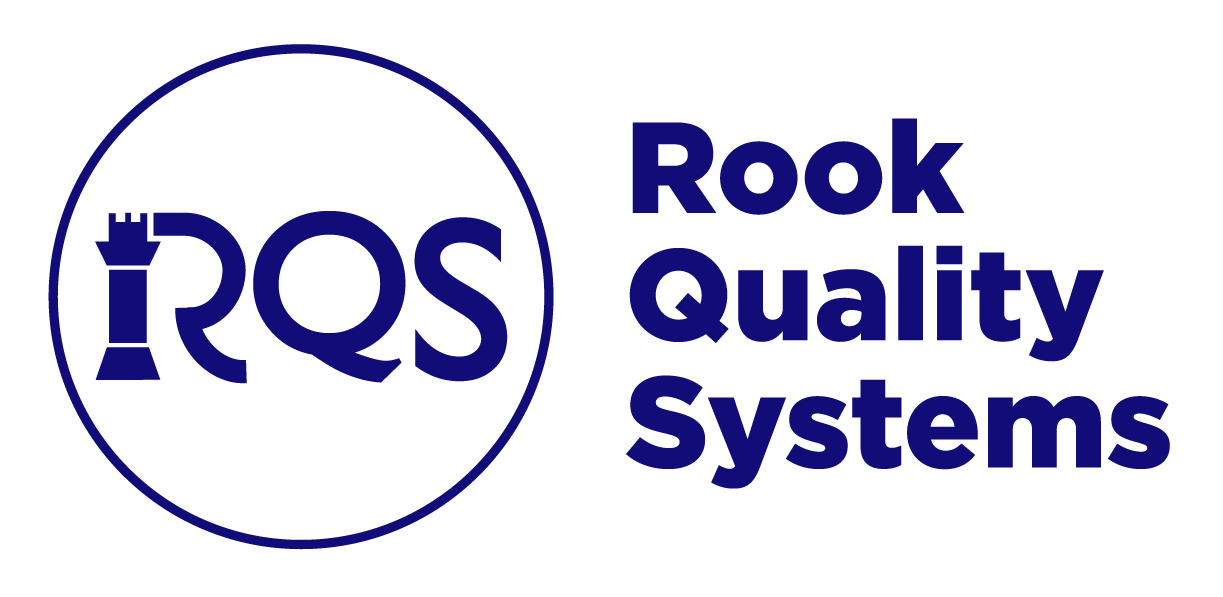FDA Labeling Requirements for Point of Care vs. Home Use Devices
A critical decision in designing and developing a medical device is whether it will be used by trained professionals or the general population. This decision will significantly impact the device’s design, labeling, and usability testing and potentially change its product code.
A home-use device is a medical device labeled for use in any environment outside a professional healthcare facility. This includes but is not limited to, outdoor environments, office environments, schools, vehicles, emergency shelters, and independent living retirement homes. The device meets this definition if it is intended to be used in and outside those facilities.
The FDA guides these labeling requirements, and we have detailed them here:
Instructions for Use (IFU)
The user skill level varies in an at-home setting. Therefore, the language in the IFU should be written concisely and simply, avoiding complicated medical terms. It is recommended that step-by-step instructions and illustrations/photographs be provided. The IFU should also list information related to the device’s purpose, how to interpret the results, how to dispose of the device, and what to do in the case of abnormal findings. Contraindications and warnings should be listed on the label, along with some point of contact (phone number or website) where the user can obtain additional information about the device.
User Interface Design
Devices intended for home use should have a simple interface that is easy to follow with a limited number of steps. The IFU should have instructions on using the device interface, preferably with images and a troubleshooting section.
Environment
The range of environments in which the device might be used should be accounted for. The labeling should include environmental conditions that the device cannot be used in due to safety or effectiveness concerns. Home-use devices should permit the device to be operated in a non-sterile environment and designed so that environmental factors such as pets or tobacco smoke will not affect the device’s efficacy. Home-use devices should be designed to operate at ambient temperatures and humidity, and the user should be able to clean, disinfect or sterilize the device with readily available supplies and simple techniques.
Electric Safety
60601 testing for electrical safety and electromagnetic compatibility (EMC) is critical for home use devices. These devices must consider the standard electricity access lay users have. Portable home-use devices should be able to adjust to varying electrical supplies and voltage rates for users who travel internationally. Information should be provided about the procedure for use during a power outage.
Software:
If the home use device includes software, the manufacturer should focus on developing device and software architecture and algorithms for performance, error detection, control, and recovery. Special attention should be paid to the needs of home users and requirements for straightforward device operation, obvious interface layouts, and appropriate alarm methods.
If an alarm system is required, it is recommended to have two types (visual, auditory, and tactile) to account for the user’s capabilities and disabilities. Software updates should be conducted with the lowest risk and easiest implementation for the users. Home Use devices should be designed to avoid lock-out mechanisms and calibration and minimize maintenance requirements.
Usability Testing
Home Use devices should have usability testing to ensure a lay person can operate the device successfully without issue and prevent reasonably foreseeable misuse. The Home Use device should be designed to accommodate users with different physical, sensory/perceptual, cognitive, and emotional capabilities and disabilities.
Usability testing is a great opportunity to ensure the device can be operated as intended, but also to collect feedback from the users to make any changes to optimize the user experience.
Risk Management
The decision to have a home use indication greatly affects the device’s risk profile, which is so significant that it can affect which FDA product code is selected. We recommend having a robust Use Failure Mode Effects Analysis (uFMEA) to determine how the user may misuse the device and how to implement controls to mitigate the probability of occurrence.
Need help navigating the FDA requirements?
Rook Quality Systems is your trusted partner in the intricate journey of medical device development and regulatory approval. By aligning with our expertise, you gain access to a tailored approach that minimizes risks and maximizes success, ultimately saving valuable time and resources. Let us guide you through every stage, from initial assessment to final deployment, as we work together towards achieving your goals in the dynamic landscape of healthcare technology.
